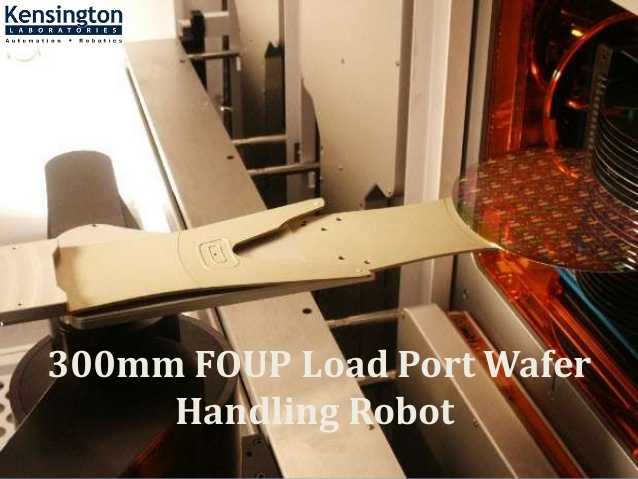Before delving further into that, let's check what completely automatic probe stations and wafer handlers are. It might be challenging to integrate wafer handlers to construct a completely automated probe station; therefore, having a fundamental understanding of the procedure is quite beneficial. And if you are seeking the best AMAT robot, feel free to contact Kensington Labs.
 |
| Wafer handling automation |
Fully Automated Probe Station
A wafer handler, also known as a robot or material handling unit, and pattern recognition software, also known as auto-alignment, are commonly included in fully automated probe stations.
Wafer Handler
The material handling part of the probe system is called a wafer handler (MHU). A pre-aligner, a robot with an end-effector (paddle), cassette holders (1 or 2), a robot with an end-effector enclosure, and a safety/environmental enclosure are commonly included. It is integrated with the probe. Wafer handlers can frequently work with a wide range of wafer sizes, from 75 mm to 300 mm.
Integration of Wafer Handler into a Fully Automated Probe Station
Let's talk about how a wafer handler integrates into a fully automated probe station now that we understand what wafer handlers and fully automated probe stations are. In production or where there are special needs such as thin wafers, no human handling, or as a multi-purpose system to test wafers, wafers placed on frames, wafers sawn and stretched on frames, carriers, or trays of die, wafer handling automation systems are frequently utilized. When generating wafers 200 mm and larger, many manufacturers prefer completely automated probe systems to reduce wafer handling, damage, and associated expenses.
Simple cassettes or enclosed containers like front-opening universal pods are suitable for storing wafers (FOUPS). To reduce the requirement for an angular adjustment by the stage, wafer handlers feature a pre-aligner to ensure the wafer is positioned into the chuck in roughly the right orientation.
A fully automated probe station can help remove the bottleneck if your production and test process is constrained by the throughput of tests at the probe station and you are testing many wafers per day. This is because fully automated probe stations run almost continuously without much operator involvement.
When thinking of a fully automated probe station, pay close attention to the software integration. For the test results for each die on each wafer to be readily available and shared with the rest of the factory's information system, the wafer handler and the probe station must seamlessly transfer data back and forth.
A completely automated probe station will save labor costs and boost test throughput if your testing procedure only occasionally requires operator involvement. You are testing numerous wafers per shift. Depending on the size, adaptability, and complexity, adding a material handler to a probe station raises the cost of the probe station by $75,000 to $200,000.
Do you require more details about AMAT robot?
Call us right away!



Comments
Post a Comment